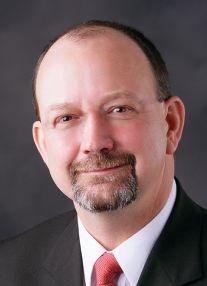
1 minute read
Cost containment
BY MATTHEW D. MOHR
As the year comes to a close, it’s time to evaluate your actual expenditures for the year verses what your plan for the year was initially.
One of the hardest forms of discipline is controlling operating costs when business is better than expected. It’s far too easy to spend the added income on extras that become permanent, which can lead to disaster when business slows down.
Smart business owners calculate their expenses as a percentage of sales and as a percentage of gross profit, and watch this trend over many years along with comparing their results with industry averages.
Banks commonly use a measurement tool called the bank efficiency ratio to compare themselves to others in their market and banks in general. The bank efficiency ratio is calculated by dividing the reporting period’s expenses by the corresponding period’s revenue (revenue meaning interest income plus fee income). The lower the ratio, the better the bank.
If you have experienced a temporary unexpected increase in business, you may want to increase staff. It is a lot harder to discharge an employee when business slows down. By the time you realize you are over-staffed, each employee has become a necessity. Most conscientious employers find it rewarding to grow employment and difficult to reduce staff, which seems “morally” right. Morality aside, it’s difficult to cut employment costs once they are in place. Other less-obvious costly conveniences, such as entertainment, gifting, or gas-guzzling vehicles, often continue well beyond their affordability.
Trends over time make a lot of sense to understand, both from an individual enterprise perspective and from a global industry-wide viewpoint. Further breaking down expenses into more explicit categories can provide a lot of insight as well if you like details.
Controlling costs is an ongoing challenge as business conditions change, and is worth constant attention.
Matthew D. Mohr CEO, Dacotah Paper Co. mmohr@dacotahpaper.com












